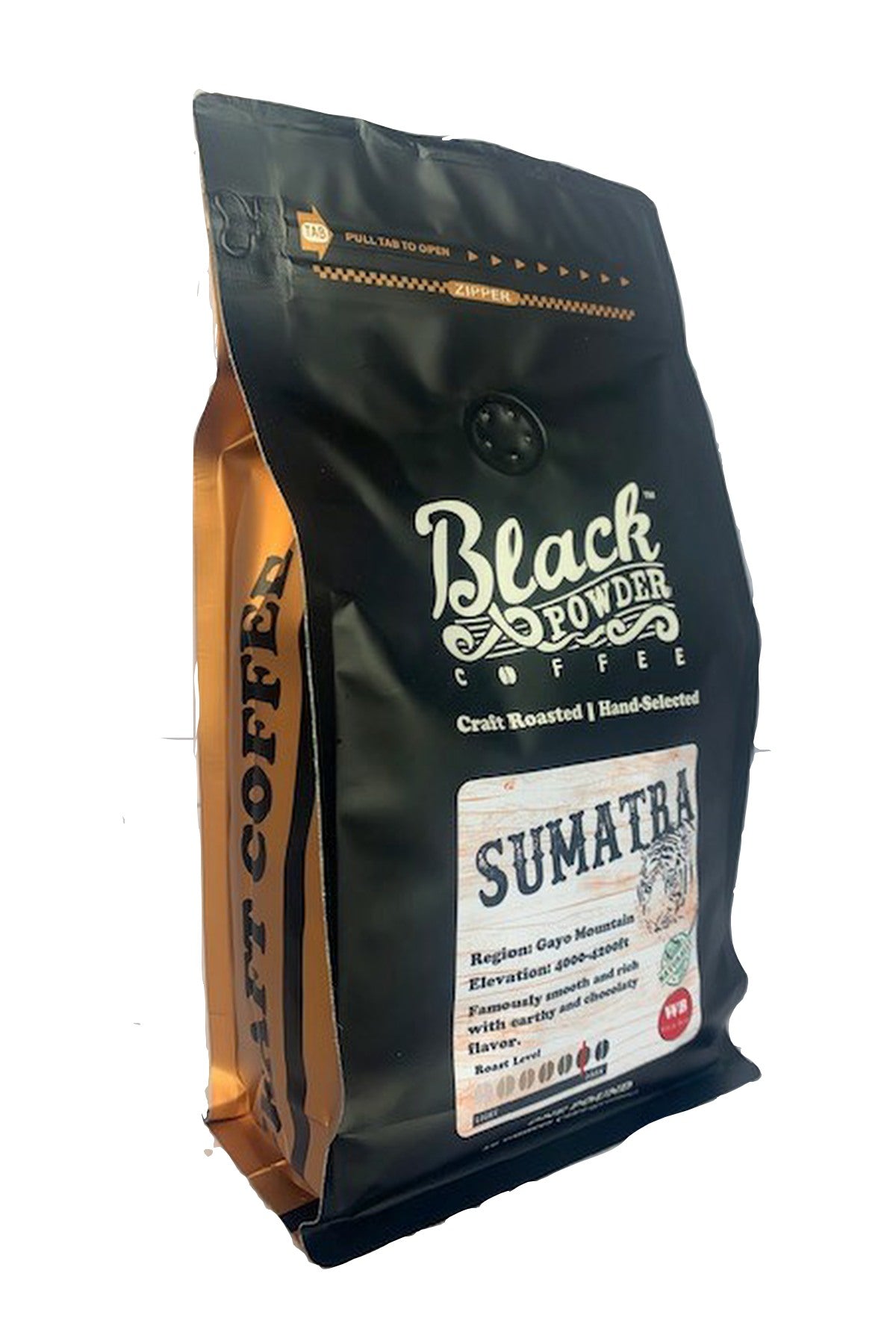

We partner with farmers, cooperatives, collectors, mills, and exporters from many producing islands including Sulawesi, Flores, Bali, Java and Sumatra. Sucafina has established offices and quality labs in Indonesia that are staffed by an experienced team who manage our activities across this vast and diverse island nation. In this way, we can export cleaner, more stable and more traceable regional lots. Our premium and specialty wet-hulled coffees are produced in direct collaboration with village collectors and processors so that the drying, storage, and lot integrity remain in place from the farmer all the way to you. Exporters, most of whom are based in Medan, will finish the drying down to 12-13%, sort and prepare for shipment. Much of the internal commercial trade is for asalan. This stage the green coffee is known as asalan - unsorted and with defects.

It is laid out to dry on tarps or patios, where it reduces in size and moisture to 14-15%. After the hulling, the coffee seed is whitish and pliable and is called labu. A wet hulling machine is larger, requires more power, and runs at a faster speed than a traditional dry huller. Parchment is sun-dried for between half a day and two days, depending on the weather, to allow for skin drying, which eases the removal of parchment.Īt this juncture, the moisture content is between 30-40% and parchment is delivered to a processor (often by the village collector) for wet hulling. The coffee is fermented overnight (in small tanks, buckets, or bags) and washed with clean water the following morning. The basic process for wet hulling is as follows: Cherry is harvested and pulped at or near the farm, on small hand-cranked or motorized pulpers. At higher elevations with constant humidity and unpredictable rainfall, drying can prove to be slow, risky and difficult.

It was also adopted specifically by many producers who lacked the drying infrastructure that was needed to shelter drying parchment from the high humidity and inconsistent rainfall typical in Sumatra. Wet hulling’s popularity can be attributed to producers’ need for prompt payments. Though its exact origins are unclear, wet hulling most likely originated in Aceh during the late 1970s. Indonesia is perhaps best known for its unique wet hulling process ( giling basah).


 0 kommentar(er)
0 kommentar(er)
